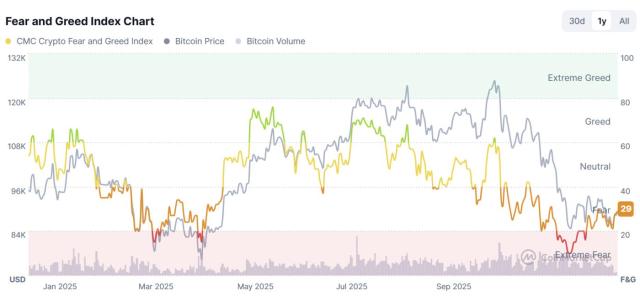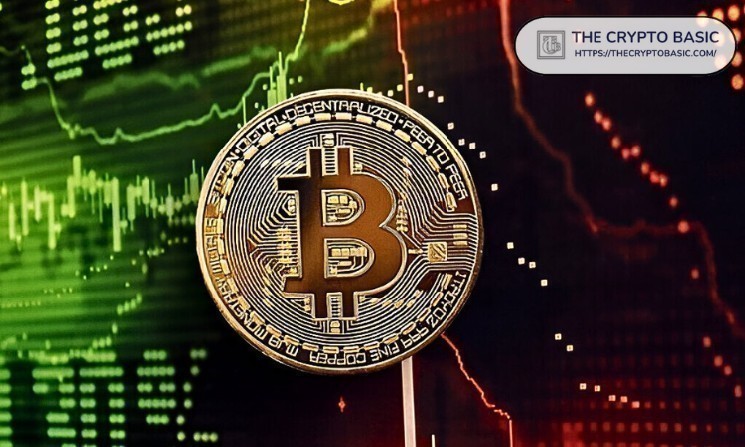Original text: Jordi Alexander, founder of Selini Capital
Compiled by: Yuliya, PANews

After experiencing the largest single-day market cap growth in history, the market saw the second-largest single-day decline the very next day. This extreme volatility has left market participants caught off guard.
Many traders have suffered severe losses in this environment. On the one hand, they have cut their losses and exited the market at the bottom due to panic or technical breakout signals; on the other hand, they have blindly chased the rally at the top due to a brief market rebound or positive news, only to be hit by a second market collapse.
In the bullish frenzy of November 2024, the overall market expanded rapidly, and most investors were inclined to go long, making it relatively easy to make money. However, in the current extremely volatile market, it is difficult to profit in the long run solely based on luck. Only investors with highly specialized trading strategies can survive in extreme environments and potentially profit from them, often adopting the following strategies.
Cash is king, liquidity is priority
In a highly volatile market, holding sufficient cash is crucial, even if it means sacrificing some expected returns (EV) to ensure liquidity.
For example, the investment management firm Jane Street has long invested in deep out-of-the-money put options. Although they may face continuous losses in the short term, their ample liquidity allows them to acquire undervalued assets at low prices during market crashes. Compared to traditional financial markets, the crypto market has a higher prevalence of leverage and more severe liquidity mismatches, making this strategy particularly important.
Some top traders tend to gradually reduce their positions in the "shoulder" area during a sharp market rally, rather than waiting for the extreme peak of the "head" area. Although this may miss out on some upside potential in the short term, by recouping capital, it enhances their ability to re-enter at more attractive price levels, making this strategy more advantageous in the long run.
Focus on price, not time
Top traders are usually not constrained by trading time frames, but rather define their trading ranges based on price. For example, during the previous bull market, the trader High Stakes Capital once shared a screenshot of his eight-figure profits on the FTX account, and his positions were built just two months earlier. This shows that in extreme market conditions, time is not a critical variable, and the key lies in clearly defining the buy and sell price ranges.
The trading logic should be based on the following two points:
Determine a clear value-supported buy-in price to avoid decision-making being affected by short-term volatility.
Set a clear risk-reward ratio and target exit price, and execute the trade decisively when the market reaches the target.
Then maintain patience, whether it takes a few hours or a few weeks, and execute the trade as soon as the price reaches the target. At the same time, continuously adjust your "ideal entry price" and "ideal exit price" in line with market changes.
If one is too constrained by the time dimension, such as "only doing intraday trading" or "only doing multi-week positions," the trading performance will be limited. The core mindset of top traders is: "Buy low, sell high," and the holding period is determined by market volatility.
Execute calmly, strictly follow the trading plan
In an extreme market environment, the position size must match one's own financial strength. If the position is too large and the market continues to decline, the trader may become psychologically unbalanced due to unrealized losses, causing them to deviate from their original plan.
The current market still has a large number of positive factors and ample liquidity, making it difficult to enter a prolonged multi-year bear market. This macro assessment has led some investors to maintain confidence even as the market declines. At the same time, they do not expect a full-blown "Altcoin season," so they gradually realize their profits during market rallies and patiently wait for the next more attractive entry opportunity.
In their market decision-making, some investors adopt the psychological strategy of asking themselves: Is the current price likely to decline again? If the answer is yes, it means that the current level is not the best entry point, and it is appropriate to wait and observe, until a better risk-reward window appears.
Market practice: Trading strategies in a volatile market
Taking Bitcoin as an example, when the price fell from $100,000 to $90,000, some traders began to build positions in batches. They gradually bought in the $90,000 area, and by the time the price reached $82,000, their position size had reached the expected level, and they were willing to hold for a relatively long time.
However, the market further declined to $78,000-$79,000, and their short-term unrealized losses expanded. But from a risk-reward perspective, the investment value at this price level has actually increased, so some investors chose to allocate additional funds for further buying, rather than passively stop-loss, as long as their long-term market structure analysis does not indicate a prolonged bear market.
Ultimately, the average cost of the positions was reduced to $83,000-$84,000, and if the market recovers to $100,000, it will form a relatively ideal return.
As the market rebounds, the $78,000 bottom position is partially realized at $85,000 to ensure that there is still capital to deal with a possible second pullback. Meanwhile, the majority of the core positions are still held as planned.
If the market does not provide a second pullback opportunity and instead rises directly, the entire position will be realized in the $87,000-$93,000 range, waiting for the next ideal entry point. If the market breaks above $95,000 but does not pull back to $88,000, the expected entry point will be adjusted to $90,000. When the market falls back to $90,000, they will buy in batches again and adjust the strategy based on the market trend.








